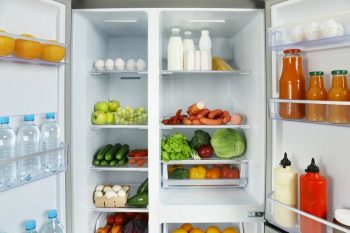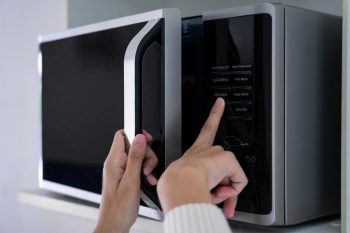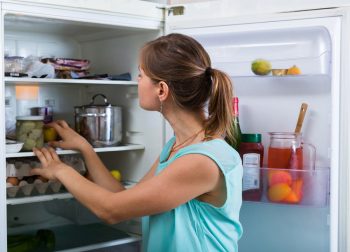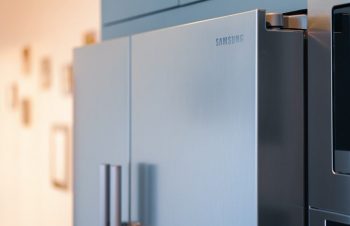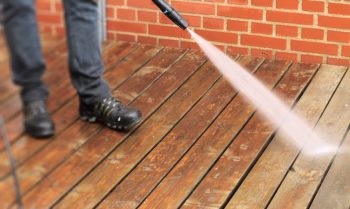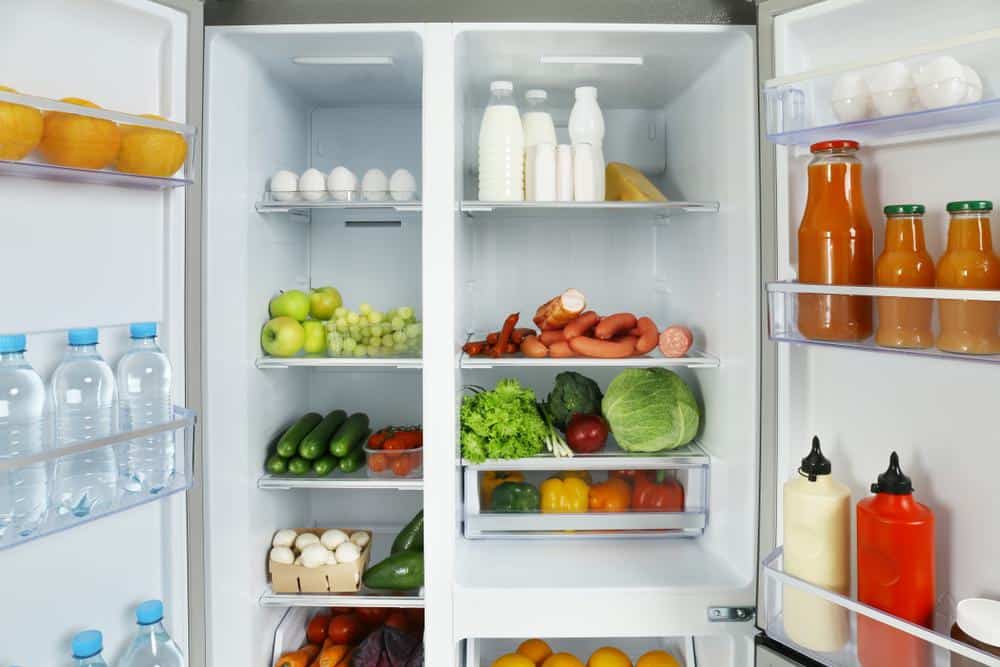
In today’s world, refrigerators are an essential part of our homes, helping to keep our food fresh and safe to eat. However, there are times when a fridge can become too cold, leading to frozen or spoiled food. If you’re experiencing this issue, you’re in the right place. This comprehensive guide will help you understand how to reduce the coldness of a fridge, why your fridge might be too cold, and how to maintain an ideal temperature.
To reduce the coldness of a fridge, you need to adjust the temperature settings to the recommended range between 34 and 40 degrees Fahrenheit, ensure there’s proper airflow within the fridge, check the seals for leaks, keep food away from cooling vents, and maintain correct freezer settings. Regular maintenance and monitoring temperatures with an appliance thermometer can help maintain the ideal temperature.
Why Is My Fridge Too Cold?
There are several reasons why your fridge might be too cold. These include improper temperature control, blocked or clogged vents, defrost system malfunctions, leaking door seals, and faulty temperature controllers. Dirty condenser coils and a malfunctioning air inlet damper can also cause excessive coldness in your fridge.
Signs Your Fridge Is Too Cold
Identifying a too-cold fridge is the first step towards solving the problem. Some signs include freezer-burned vegetables, frozen soft drinks, chunks of ice in milk or other liquids, excessive condensation inside the fridge, and too much ice in the freezer.
Reducing the Coldness: Step-by-Step Guide
Now that we understand why a fridge might be too cold and the signs to look out for, let’s dive into the steps to reduce the coldness of your fridge.
- Set the Controls Appropriately: Adjust the temperature settings of your fridge. The ideal temperature range for a refrigerator is between 34 and 40 degrees Fahrenheit.
- Maintain Proper Airflow: Ensure that there is enough space between food items and that they are not blocking the air vents.
- Test the Seals for Leaks: Check the seals around your refrigerator and freezer doors. If they are leaking, your refrigerator will work harder to maintain a constant temperature.
- Keep Food Away from Vents: Most fridges have a cooling vent above or on the side of the top shelf. Keep food at least five inches away from these vents to prevent freezing.
- Store More Food: A well-stocked fridge helps maintain temperatures and prevents food at the bottom from freezing.
- Check the Freezer Settings: Ensure that the freezer temperature is set correctly, around 0 °F (−18 °C).
Expert Tips for Maintaining the Ideal Temperature
- Use an Appliance Thermometer: This will help you monitor the temperature inside your fridge and freezer accurately.
- Leave Space Between Food Items: This allows for proper air circulation inside the fridge.
- Check Door Seals Regularly: Ensure that the seals are in good condition and are keeping the cold air inside the fridge.
- Regular Cleaning: Clean your fridge and freezer regularly to prevent bacteria buildup and contamination.
- Keep the Fridge Full: A full fridge maintains a consistent temperature inside.
The Impact of Fridge Location
The location of your fridge in a room can significantly affect its coldness and overall performance. It’s best to place your fridge in a room with a temperature between 60°F and 95°F. Also, avoid placing it near heat sources like ovens or heaters, and ensure there’s proper air circulation around it.
Regular Maintenance
Regular maintenance can help reduce the coldness of a fridge by ensuring it operates efficiently. This includes closing the refrigerator door properly, checking and cleaning the refrigerator’s door seal, setting the correct temperature, arranging and covering items in the refrigerator properly, and cleaning the refrigerator regularly.
Top Fridge Models for Effective Temperature Control
Certain refrigerator models, like the Bosch B36CL81ENG and GE PFE28KYNFS, are known for their effective temperature control. However, remember to consider factors like size, design, and additional features when choosing the best refrigerator for your needs.
In conclusion, maintaining an ideal temperature in your fridge is essential for preserving your food’s freshness and safety. By understanding why your fridge might be too cold and how to fix it, you can ensure your appliance operates efficiently and effectively.
Frequently Asked Questions
What is the ideal temperature for a freezer?
The ideal temperature for a freezer is 0 °F (−18 °C).
How often should I clean my refrigerator?
It’s recommended to clean your refrigerator every 3 to 4 months. However, if there are spills or odors, clean them up immediately.
Where is the cooling vent located in most fridges?
The cooling vent in most fridges is located above or on the side of the top shelf.
How does storing more food help maintain the temperature in the fridge?
A well-stocked fridge retains cold better than an empty one. When you open the door, the food helps absorb the warm air, preventing the fridge from working too hard to cool down again.
What is the impact of a leaking door seal on the refrigerator’s temperature?
A leaking door seal allows cold air to escape from the fridge, causing it to work harder to maintain a constant temperature. This could result in the fridge becoming excessively cold.
How can I test the seals on my refrigerator and freezer doors?
You can test the seals by closing the door over a piece of paper or a dollar bill. If you can pull the paper or bill out easily, your door gasket might need to be replaced.
Why is it important to keep food items away from the cooling vent?
Keeping food items away from the cooling vent prevents them from freezing. The vent blows cold air directly onto the food, which could cause it to freeze if it’s too close.




